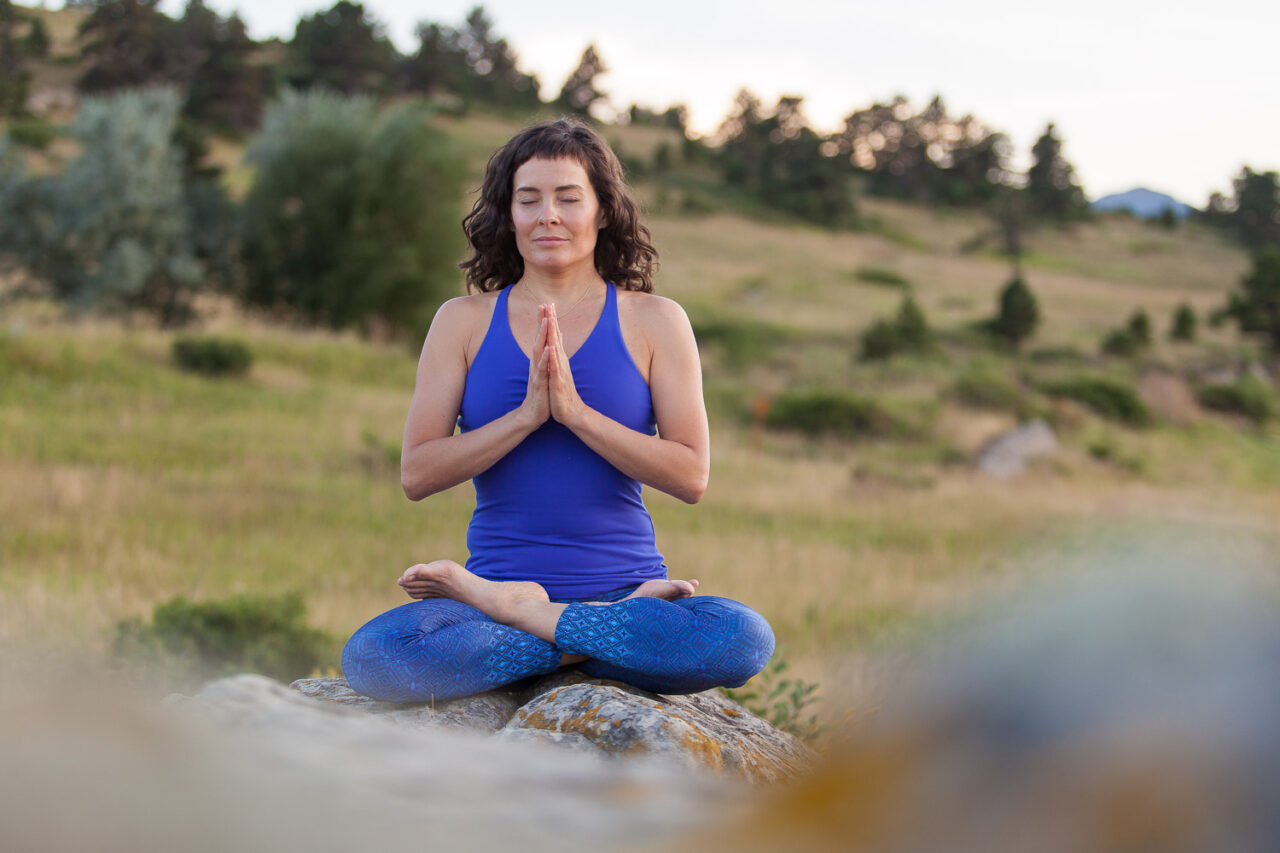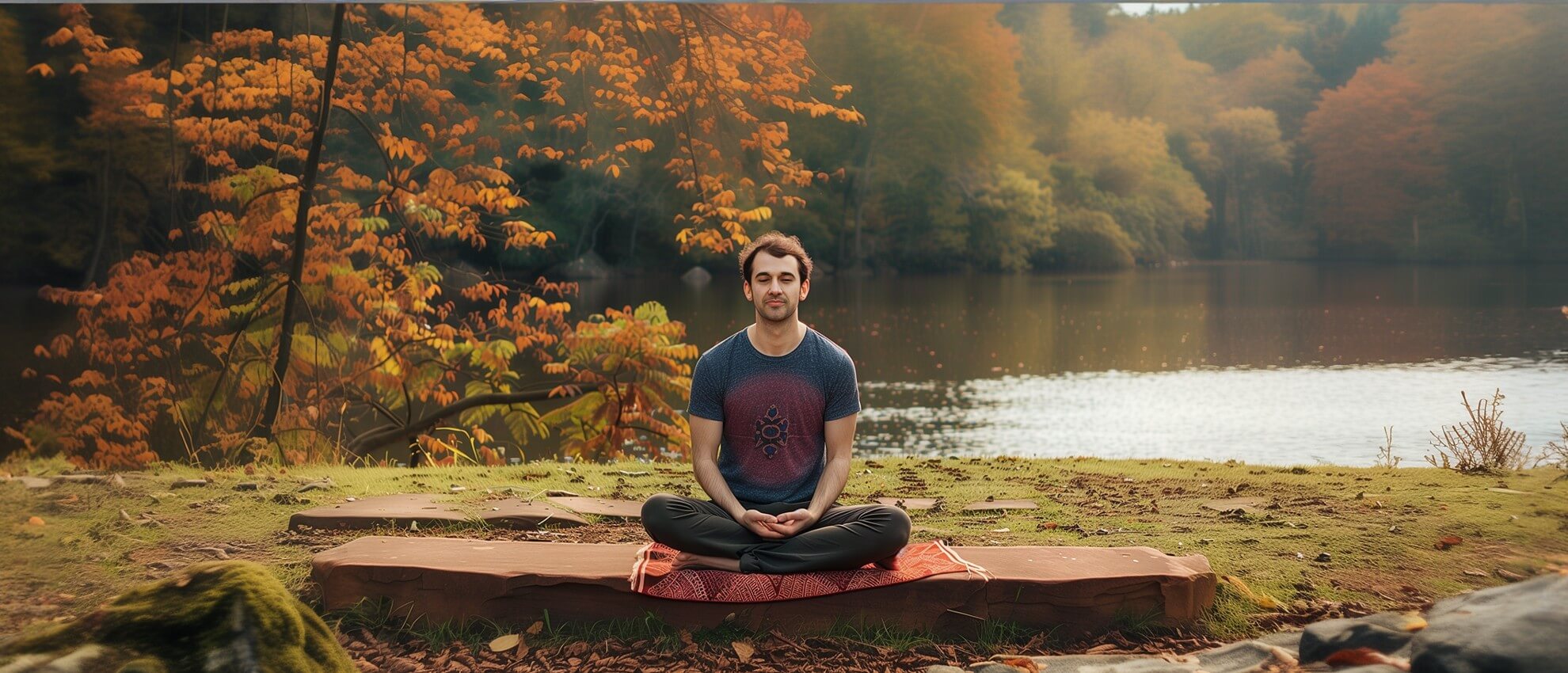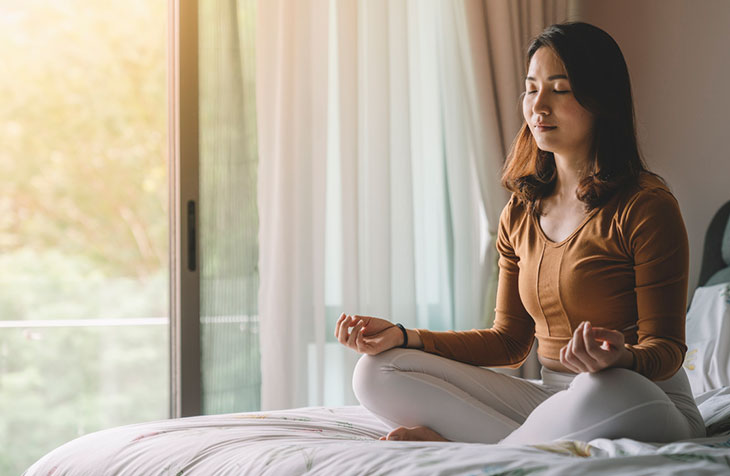Discover the Advantages of Daily Technique: How to Meditate?
Discover the Advantages of Daily Technique: How to Meditate?
Blog Article
How to Meditate: A Step-by-Step Technique to Getting Mindfulness and Calm
Reflection offers as a powerful device for accomplishing mindfulness and psychological calm in a fast-paced globe. By recognizing the basic concepts and techniques involved in meditation, people can cultivate a technique that improves their total well-being.
Recognizing Meditation
Comprehending meditation involves comprehending its fundamental concepts and methods, which act as the foundation for the practice. At its core, reflection is a psychological workout targeted at advertising relaxation, constructing internal power, and creating empathy and understanding. The technique motivates people to concentrate their interest, commonly via methods such as deep breathing, visualization, or rule rep.
Reflection can be categorized right into various styles, including mindfulness, transcendental, and loving-kindness reflection, each with distinct purposes and approaches. Mindfulness meditation stresses present-moment awareness and non-judgmental observation of ideas and sensations, while transcendental reflection includes the usage of particular concepts to go beyond regular mind. Loving-kindness meditation focuses on establishing a mindset of love and concern towards oneself and others.
Regardless of the technique used, the primary objective remains consistent: to cultivate a deeper understanding of the mind and its patterns. This self-awareness cultivates emotional strength, clearness of thought, and an extensive feeling of tranquility (How to meditate?). By recognizing these methods and concepts, individuals lay the groundwork for an effective reflection method that can considerably improve their total wellness
Preparing for Your Practice
Prior to beginning your reflection technique, it is crucial to develop an environment helpful to focus and leisure. Make sure that the area is complimentary and tidy of clutter, as a neat environment can aid clear the mind.
Think about the lights, as all-natural light can improve your mood and power. Soft, cozy lights is commonly more relaxing than extreme fluorescent lights. In addition, choose a comfy temperature, making certain that you are neither as well warm nor as well chilly.
Incorporating elements that advertise harmony can further improve your experience. This may consist of soft paddings or blankets for comfort, in addition to soothing fragrances from essential oils or incense. It can likewise be beneficial to have a timer set for your meditation session to stop interruptions from clock-watching.
Basic Meditation Methods

An additional effective method is body scan meditation. This includes mentally checking your body from head to toe, discovering any kind of areas of stress or pain and purposely loosening up those muscle mass. This method fosters a much deeper connection between your body and mind.

Finally, loving-kindness meditation concentrates on growing empathy towards on your own and others. Silently repeat phrases of goodwill, improving psychological health and interconnectedness. Each of these methods functions as a structure for your reflection journey, permitting you to discover the method that reverberates ideal with your personal practice.
Keeping Focus and Mindfulness

Developing a specialized meditation space can enhance the ability to preserve mindfulness. A quiet, minimalist atmosphere minimizes distractions, permitting for much deeper immersion in the method. In addition, setting a time frame can assist manage assumptions; beginning with shorter sessions might ease the transition right into longer practices.
Using methods such as body scanning or observing sensations can also strengthen mindfulness. These methods encourage practitioners to remain present and involved with their physicality, securing their attention in the minute. Regular method is essential; the brain develops durability over time, creating a stronger capacity for emphasis.
Incorporating Meditation Into Day-to-day Live
Including reflection right into day-to-day life can change routine activities view right into possibilities for mindfulness and self-reflection. By incorporating mindfulness methods into usual jobs, people can cultivate a better sense of visibility and peace among the busyness of day-to-day life.
Begin by recognizing moments throughout your day where you can exercise and stop mindfulness. As an example, during your early morning commute, concentrate on your breath or the sensations of the atmosphere around you. In the kitchen area, approach cooking as an introspective method, relishing the structures, colors, and aromas of the active ingredients. Even ordinary activities like walking or cleaning meals can come to be possibilities for meditation by guiding your interest to the sensations of movement and the audios surrounding you.
Additionally, reserving devoted times for reflection can strengthen informative post its technique. Start with short sessions, gradually increasing duration as you come to be extra comfy. Usage pointers or hints-- like a particular time of day or a calming noise-- to develop uniformity.
Inevitably, the objective is to weave mindfulness into the fabric of life, enabling you to come close to each minute with objective, therefore enhancing your overall sense of wellness and clearness.
Verdict
In final thought, efficient reflection calls for a quiet environment, a comfortable setting, and a concentrate on the breath. By permitting thoughts to arise without judgment and continually redirecting attention to the breath, practitioners can achieve enhanced mindfulness and tranquility. Integrating various strategies, such as body scanning and loving-kindness phrases, can even more enhance the practice. Regular reflection, even in quick sessions, cultivates a much deeper connection to the here and now minute, inevitably leading to greater calmness and mental quality in every day life.
Meditation can be classified into different styles, including mindfulness, transcendental, and loving-kindness meditation, each with distinct functions and methods. Mindfulness meditation stresses present-moment recognition and non-judgmental observation of thoughts and feelings, while transcendental reflection entails the use of certain rules to transcend normal thought processes.With your meditation space prepared, it's time to check out different fundamental reflection strategies that can help cultivate mindfulness and inner tranquility.Continually maintaining emphasis and mindfulness throughout meditation can be tough, specifically for those new to the practice.Developing a devoted meditation space can boost the capability to preserve mindfulness.
Report this page